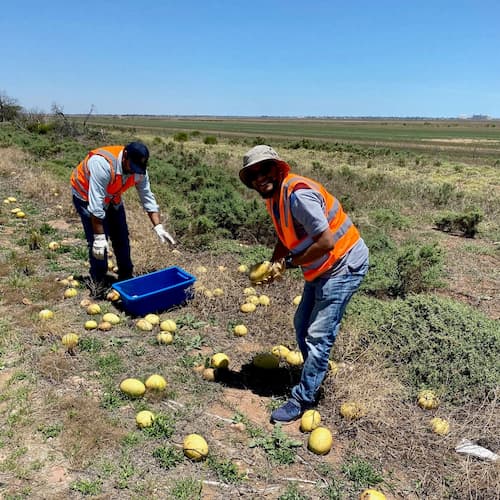Household spending was 2.3 per cent higher than a year ago, according to figures released today by the Australian Bureau of Statistics (ABS).
Robert Ewing, ABS head of business statistics, said: “This was the smallest growth in household spending since February 2021.
“Through-the-year growth in household spending eased across eight of the nine spending categories in December, as households continued to face cost-of-living pressures.
“Discretionary spending was 0.6 per cent lower than the same time last year, with less spending on goods for recreation and culture and on furnishings and household equipment contributing to the fall.”
| Discretionary – Through the year change (%) | |
|---|---|
| Dec-21 | 4.6 |
| Jan-22 | 5.5 |
| Feb-22 | 11.8 |
| Mar-22 | 10.1 |
| Apr-22 | 13.1 |
| May-22 | 12.3 |
| Jun-22 | 13.3 |
| Jul-22 | 21.8 |
| Aug-22 | 26.8 |
| Sep-22 | 26.7 |
| Oct-22 | 17.7 |
| Nov-22 | 7.4 |
| Dec-22 | 6.5 |
| Jan-23 | 10.1 |
| Feb-23 | 3.2 |
| Mar-23 | 1.2 |
| Apr-23 | 0 |
| May-23 | 0.7 |
| Jun-23 | 1.1 |
| Jul-23 | -0.7 |
| Aug-23 | 0.5 |
| Sep-23 | 0.2 |
| Oct-23 | -1 |
| Nov-23 | 0.6 |
| Dec-23 | -0.6 |
Compared to the same time last year, household spending rose in all states and territories.
Western Australia and the Northern Territory had the largest rises in spending (both +4.5 per cent), followed by South Australia (+2.8 per cent).
Most states and territories recorded lower spending growth rates than in November. South Australia had the largest fall in growth, dropping from 5.4 per cent in November to 2.8 per cent in December.
| Oct-2023 (%) | Nov-2023 (%) | Dec-2023 (%) | |
|---|---|---|---|
| NSW | 3.1 | 2.7 | 1.8 |
| Vic. | 3.1 | 4.3 | 2.4 |
| Qld | 2.8 | 1.8 | 1.6 |
| SA | 4.6 | 5.4 | 2.8 |
| WA | 5.3 | 4.9 | 4.5 |
| Tas. | 3.5 | 1.3 | 1.9 |
| NT | 4.2 | 3.9 | 4.5 |
| ACT | 3.5 | 2.5 | 0.8 |








